Amazing Advantages of Soil Stabilization
Soil stabilization can offer many advantages, but how does it work, to begin with? It's a process that converts poor-quality soil or subgrade material into a strong medium with a greater load-bearing capacity. This process is usually done on granular soils. According to Onlinepubs.trb.org, granular soils contain more than 65% of coarse material while silt-clay material typically contains more than 35% silt and clay. The process of soil stabilization involves pulverizing the soil and mixing it with appropriate additives so that it becomes more impermeable and has physical properties that make it suitable for various construction projects. Here are some of the top benefits associated with soil stabilization.
Enhances Soil Strength
The most notable benefit of soil stabilization is that it greatly increases soil strength. In turn, soil strength is essential to any construction project, whether it's the production of a pavement or housing structure. Soil stabilization is a very effective method that produces high-quality soil. As mentioned, additives are added to the soil which helps it to bind better compared to granular soils. What that means is the soil is generally more stable and can handle a greater load. So, instead of adding a thicker foundation followed by different layers, it's possible to install concrete or some other construction material directly on top of the stabilized soil.
Saves Money
Soil stabilization allows construction companies to save money by converting any unsuitable location into a prime area for construction. In the past, when construction companies had to deal with poor quality soil, they were forced to dig it up and transport it elsewhere. They would then have to find better quality soil to remove the dumped soil. This process involves a lot of costs, such as transportation and buying replacement aggregates.
But with soil stabilization, you can work with the soils that are available on your site and give it the properties required for construction. This also helps you avoid additional landfill taxes since there are no tipping charges involved. Another way that soil stabilization can save you money is by having you use fewer construction materials. For instance, since concrete or blacktop can be installed directly on stabilized soils, a thicker foundation or thicker layers are not necessary.
Saves Time
Soil stabilization can improve the efficiency of your construction project and make it possible to complete the project at a faster pace. That's because site preparation time is reduced since you don't have to dig and dump soil or spend time importing new aggregates to your construction site. The other thing is soil stabilization allows wet ground to be dried and stabilized quickly. It's performed using lime, which is an effective way of drying up wet soils. Once the process is over, it's possible for construction to begin immediately. This allows construction to be done in wet conditions and in winter, making the process time-efficient.
Minimizes Environmental Impact
Soil stabilization protects the environment in several ways. It eliminates the need for transporting loads of soil to a landfill and importing more loads of soil to the construction area. Transportation is one of the biggest contributors to greenhouse emissions, so soil stabilization is environmentally friendly since it uses the soil on-site and minimizes waste. Eliminating the need for transportation means fewer gas and fossil fuels are burnt, so there's less impact on the environment, overall. Moreover, when soils are stabilized, they tend to become more impermeable. This helps to reduce soil erosion since run-off storm water won't be able to wash away the soil that has had binders added.
Cuts Down On Risk
Soil stabilization is a method of preparing construction sites that reduces the risk of problems down the line. For instance, it controls shrinking and swelling because when the soil is mixed with suitable additives, it acquires the desired properties such as greater stability and reduced permeability. This reduces the likelihood of changes in volume from the absorption of moisture. Such shifts in volume can end up damaging the pavement or foundation that's sitting on top of the soil. Soil stabilization also makes things safer through the addition of quicklime which quickly dries up wet soil, making it safer to work in winter or wet conditions.
These are the top advantages of soil stabilization. It's easy to see why soil stabilization is an amazing option for the construction industry. For starters, it's time and cost-effective while also being environmentally friendly and safer. If you're interested in incorporating this method into your site preparation efforts or have more questions about how soil stabilization works, don't hesitate to get in touch with LJS Waterproofing.
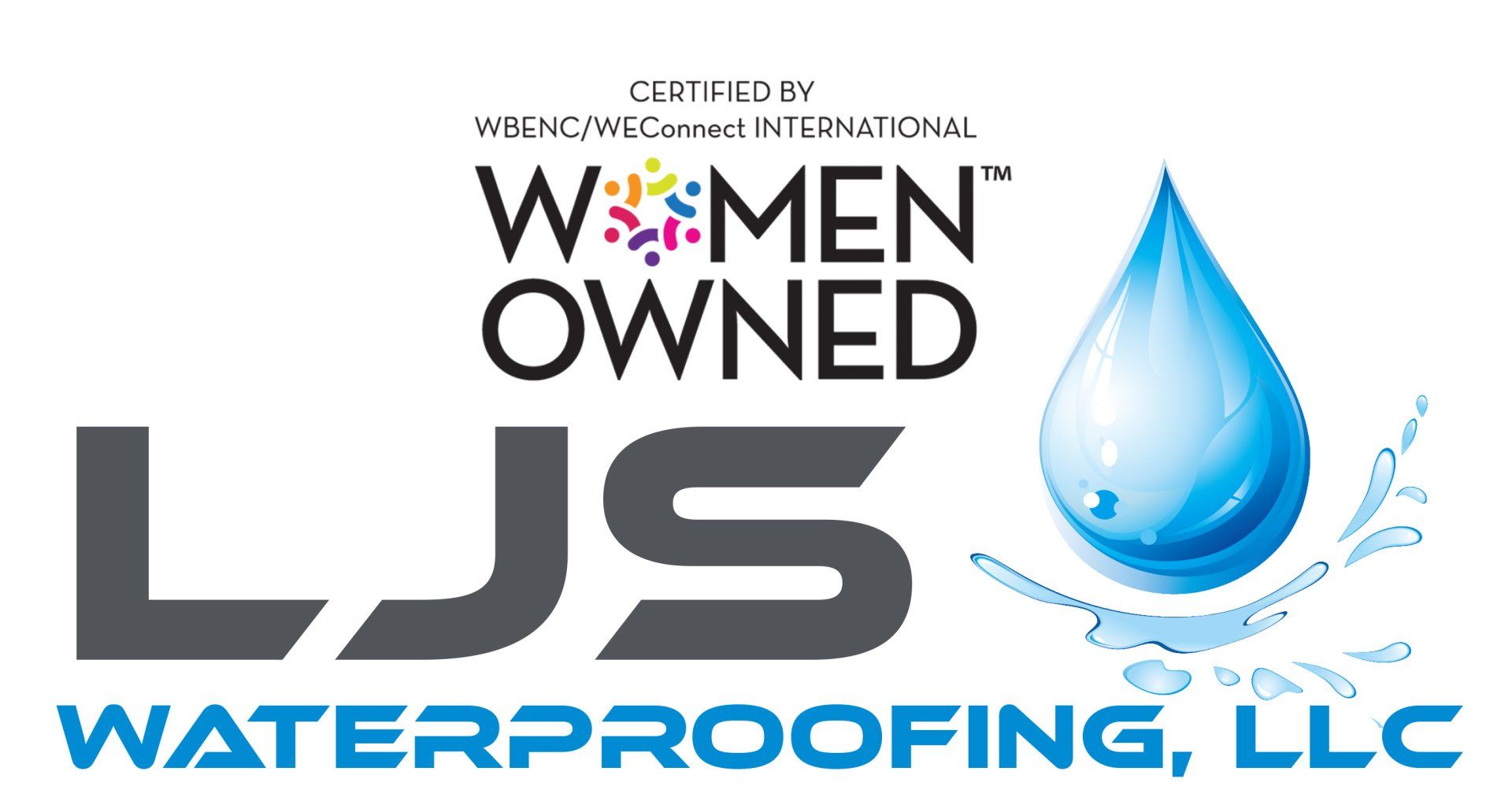

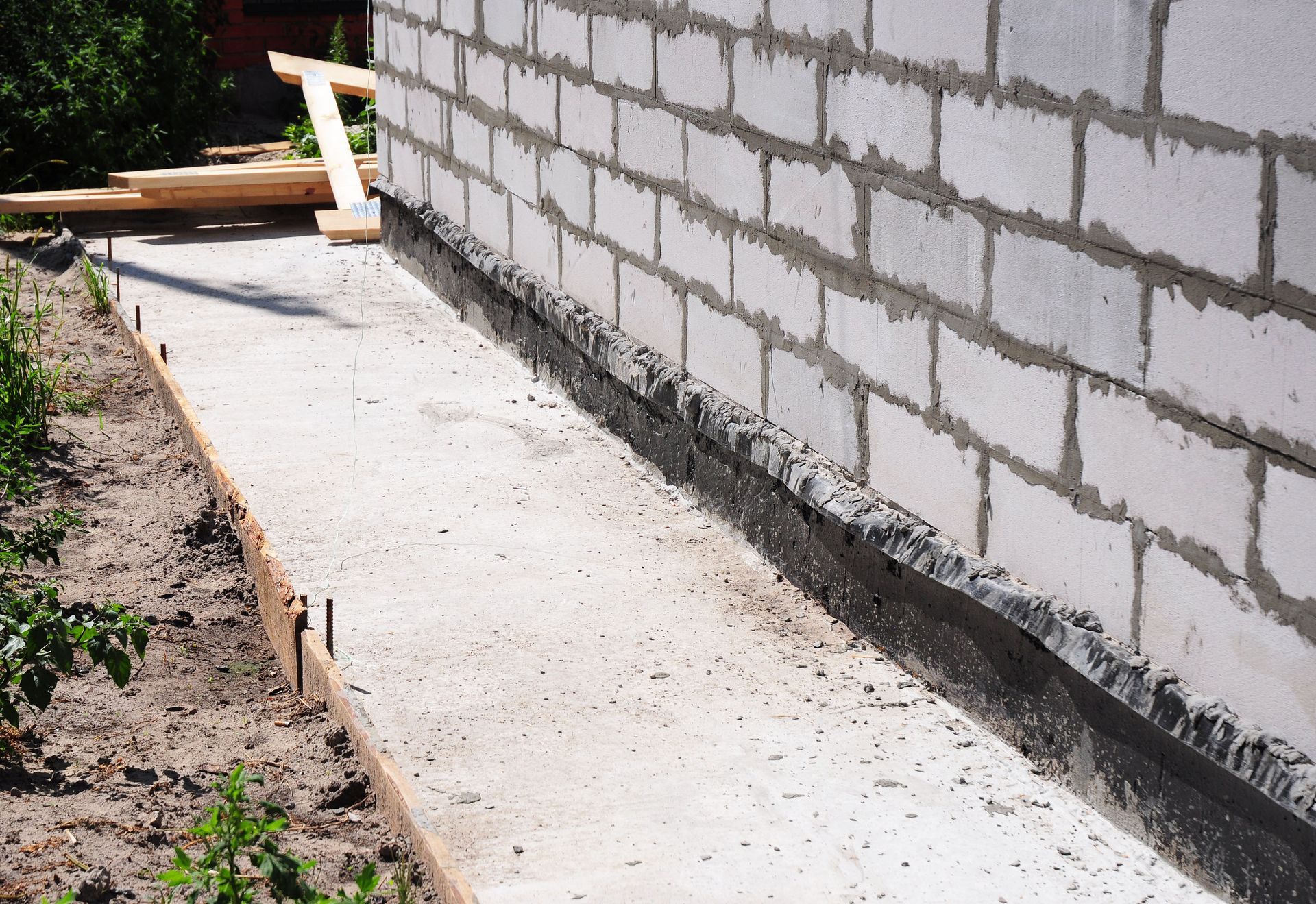
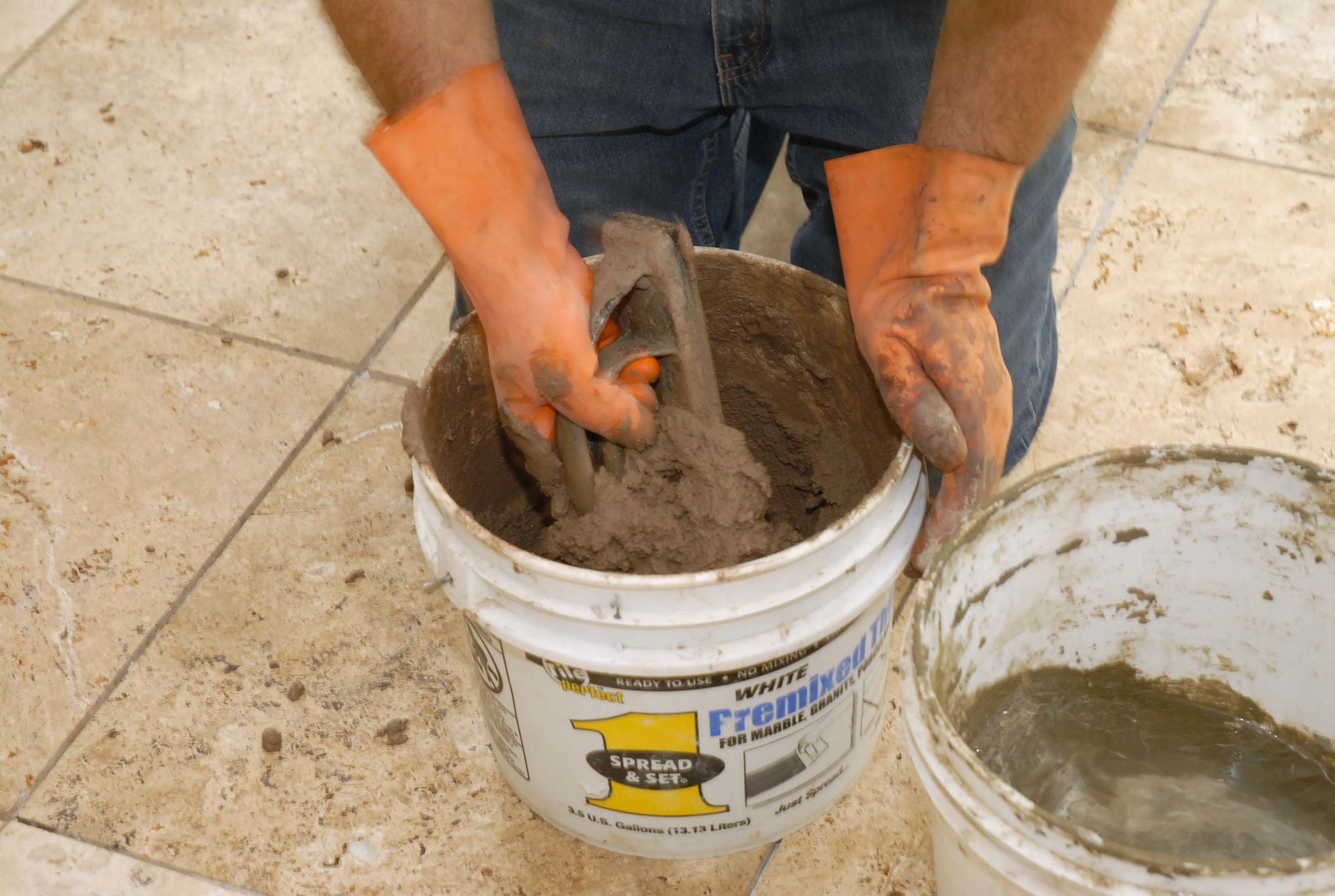

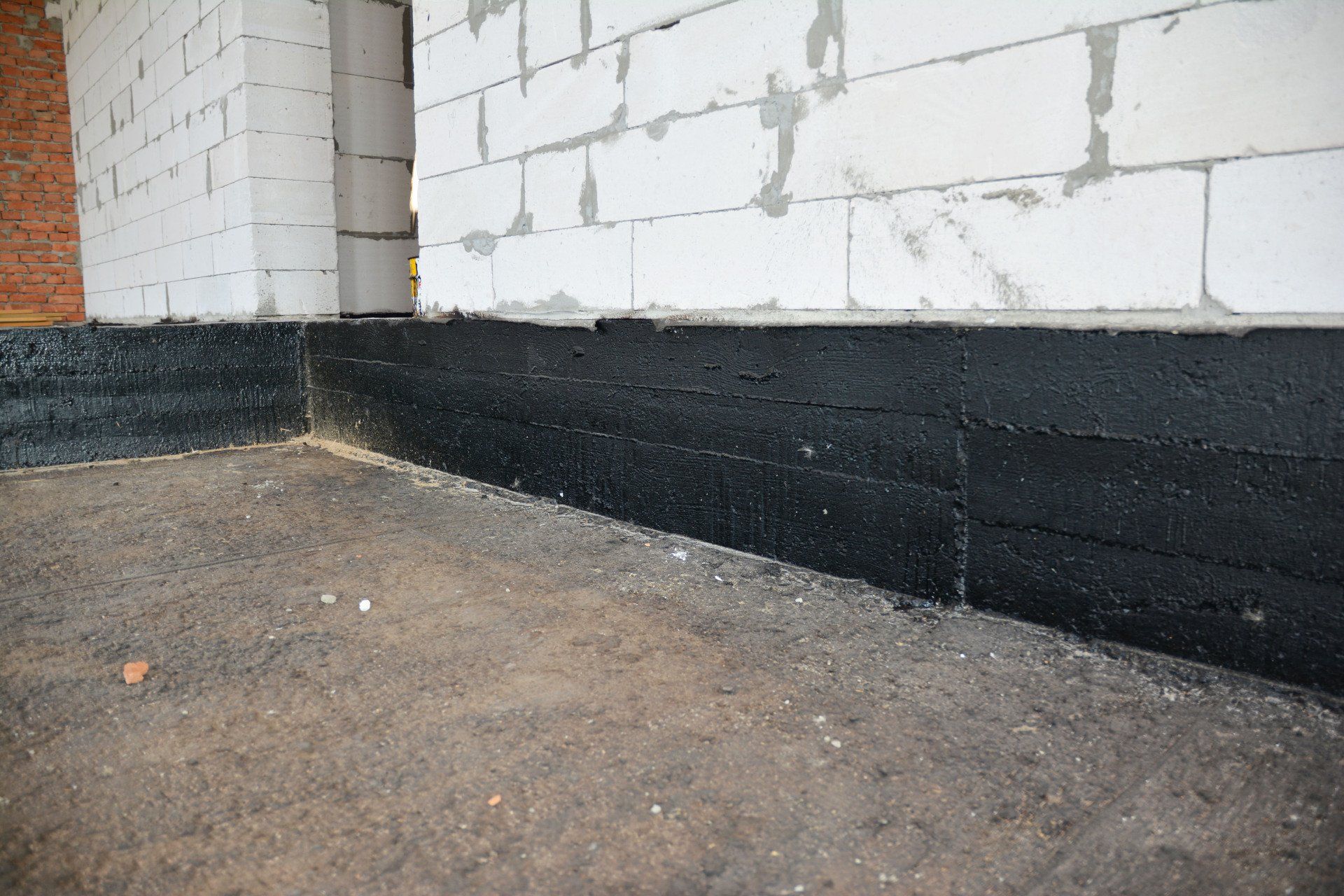
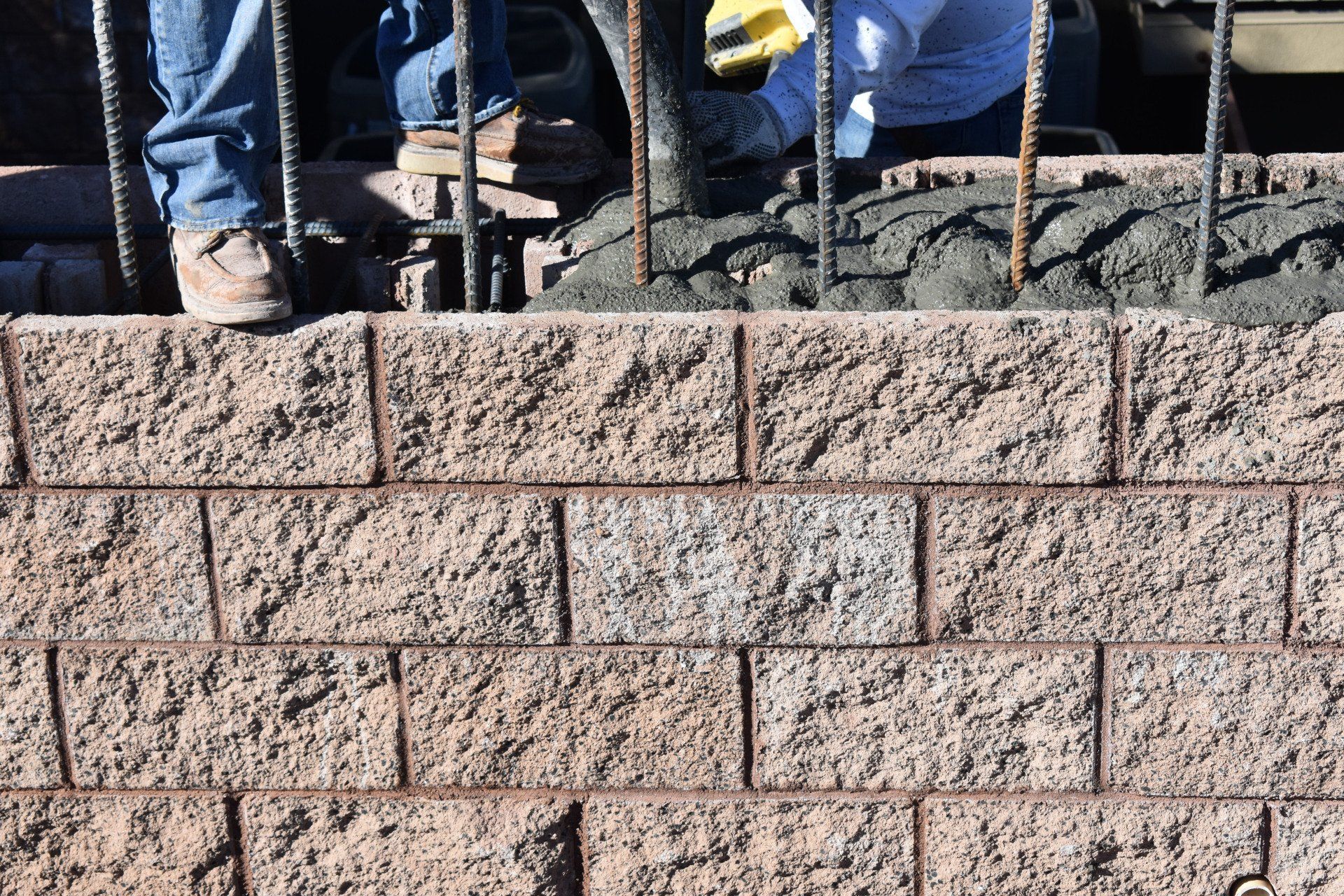

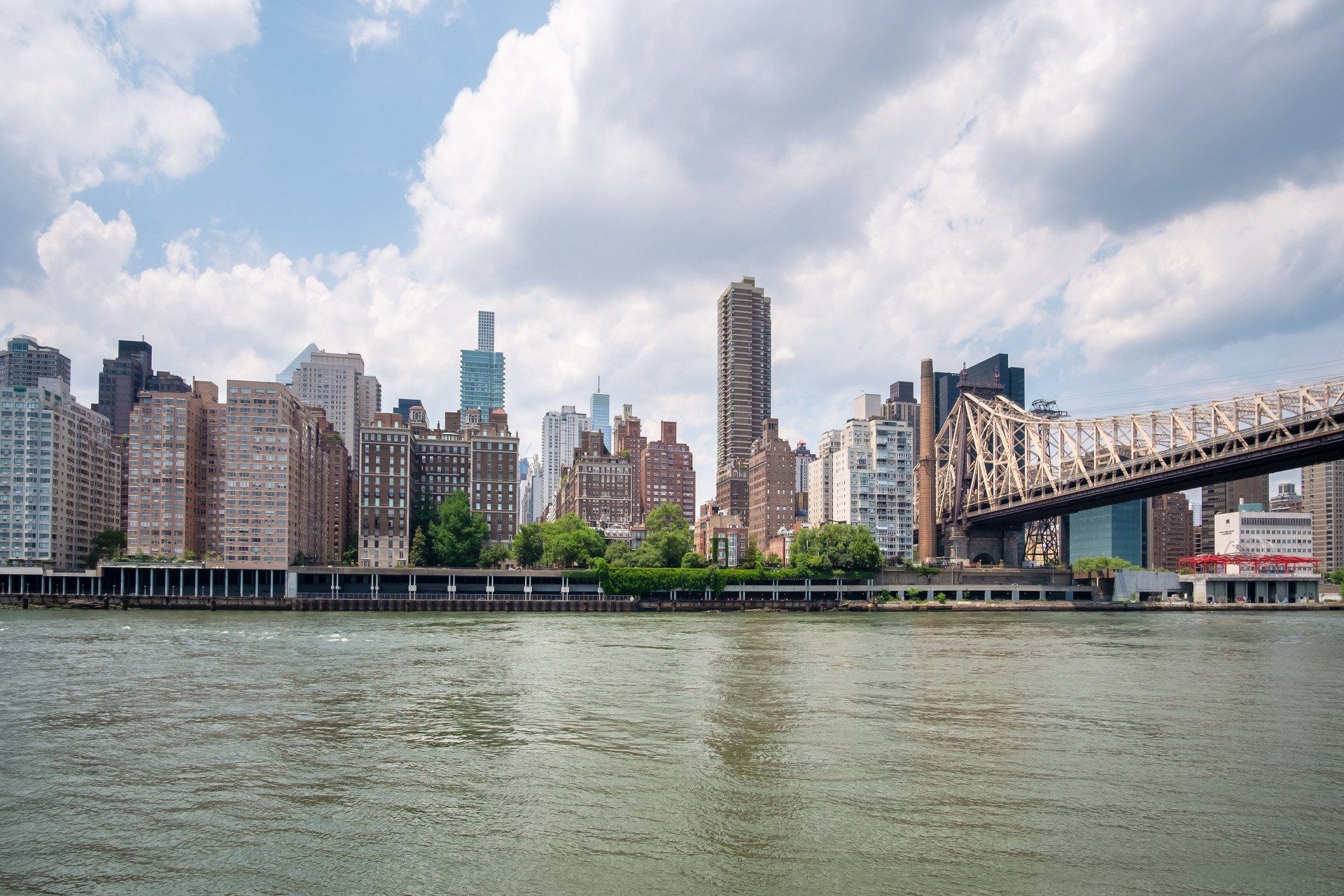
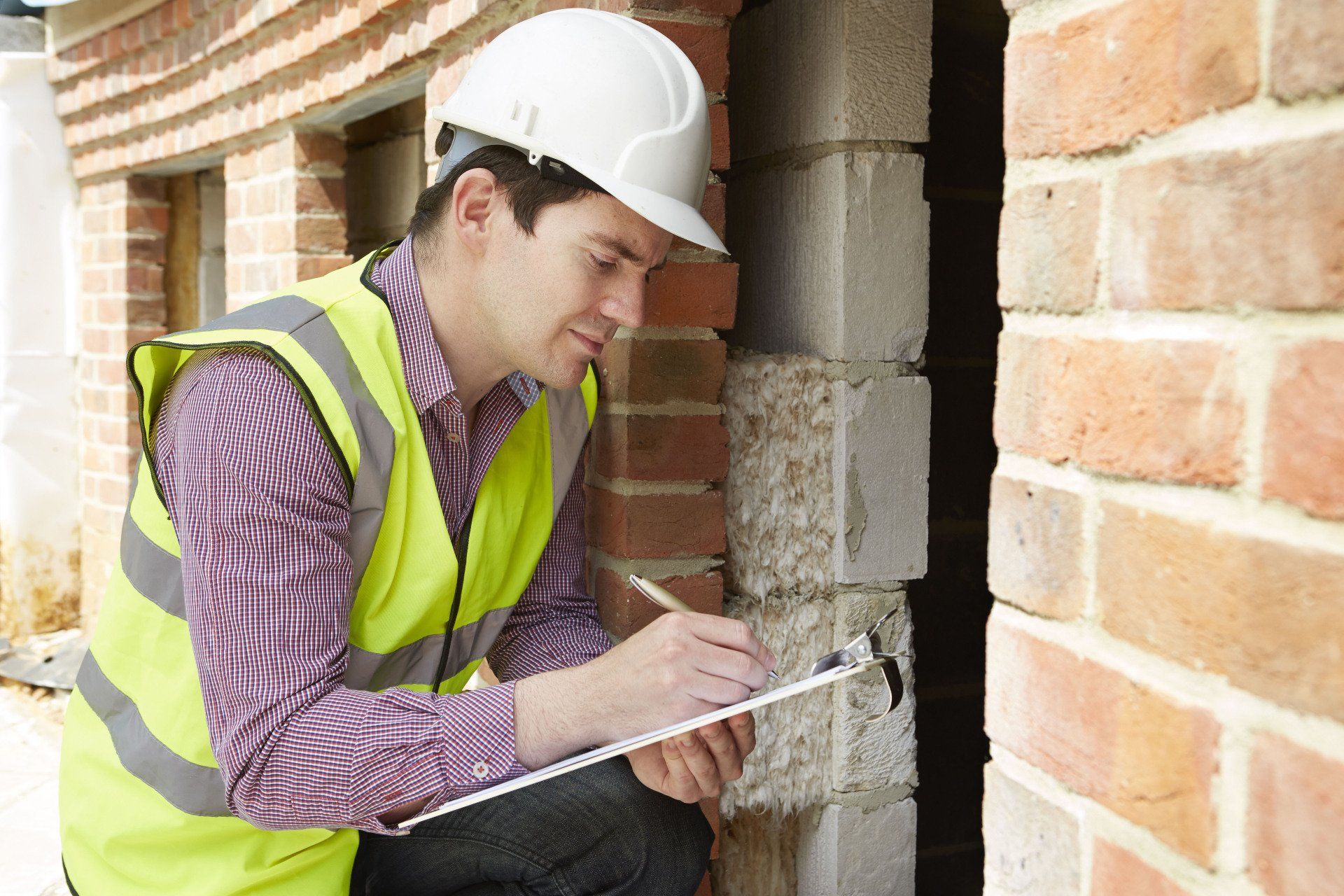
Share On: